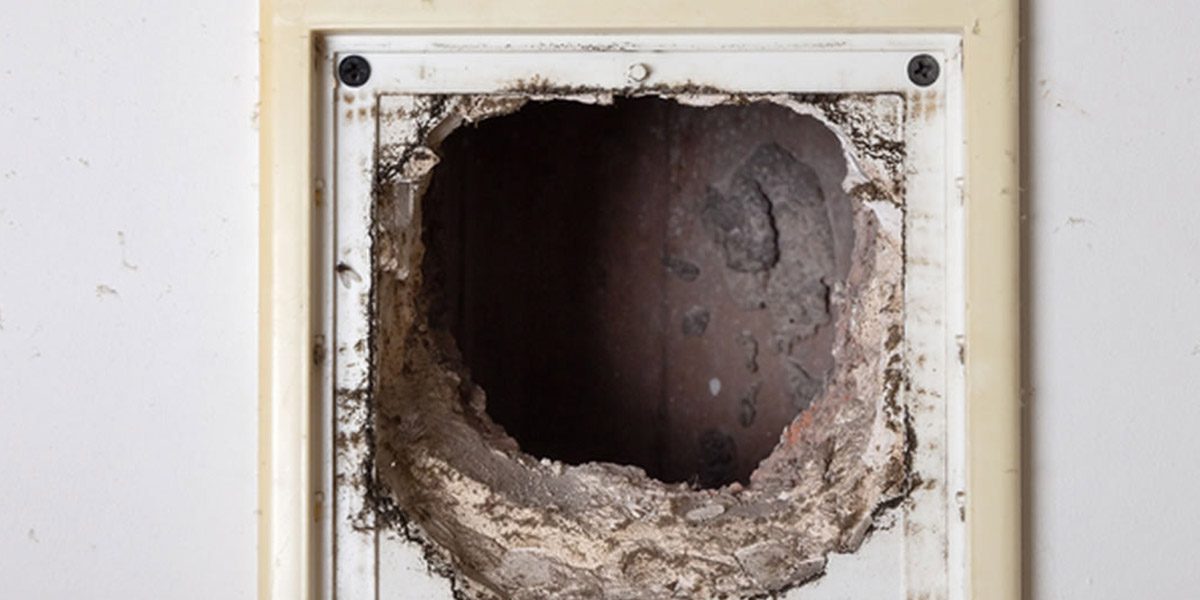Introduction:
Dealing with mold is a common challenge for many residents in the United States, with approximately 40% of homes and businesses experiencing mold damage at some point, according to the Environmental Protection Agency. Given the serious health complications associated with mold, it is crucial to understand the effective steps for swift eradication. One common concern is the safety of turning on the HVAC system after mold treatment. In this guide, we provide essential steps to ensure a safe and mold-free reactivation of your HVAC system.
Steps to Take Before Reactivating HVAC System:
1. Clear the Treated Area:
Before considering turning on your HVAC system post-mold treatment, it is vital to remove all equipment and furniture from the treated room. Preventing the constant movement of these items ensures they remain dry and free from mold re-infestation. After clearing the room, carefully inspect for any signs of condensation on windowsills or other moisture-prone areas. Consider using a dehumidifier during this phase to expedite the drying process.
2. Remove Visible Mold:
Once the treated area is thoroughly dry (at least 24 hours), eliminate any visible mold from hard surfaces such as walls, ceilings, and floors. Performing this step before HVAC reactivation is essential, as the remediation process may have revealed new leaks that could potentially re-wet the surfaces.
3. Install and Maintain HEPA Filters:
To enhance the effectiveness of mold prevention, consider installing a High-Efficiency Particulate Arresting (HEPA) filter in your HVAC system. Ensure regular filter changes (at least once a year) to prevent hidden mold particles from circulating through the air conditioning or heating units. Note that if an ozone generator was used during remediation, you may already have a HEPA filter. Nonetheless, adding one to the system further reduces the risk of spores entering the indoor environment.
4. Allow Additional Drying Time:
After completing the above steps, wait an additional 24 hours before turning on the HVAC system. This extra time provides an opportunity to address any remaining areas where mold may be concealed, such as behind curtains or other cloth items.
5. Consider Using a Face Mask:
Despite thorough cleaning and remediation efforts, it’s important to acknowledge that some spores may persist in the indoor environment. To minimize the risk of inhaling airborne spores when restarting the air conditioner or heater, wearing a face mask is advisable.
Conclusion:
In conclusion, following a systematic approach before reactivating your HVAC system after mold treatment is crucial to maintaining a mold-free indoor environment. K2 Mechanical offers comprehensive air quality services, including air quality checks and HEPA filter installations. Contact us today for more information or to schedule a consultation, and let us help you enhance the air quality in your home or office.
Disclosure: We may get commissions for purchases made through links in this post.








